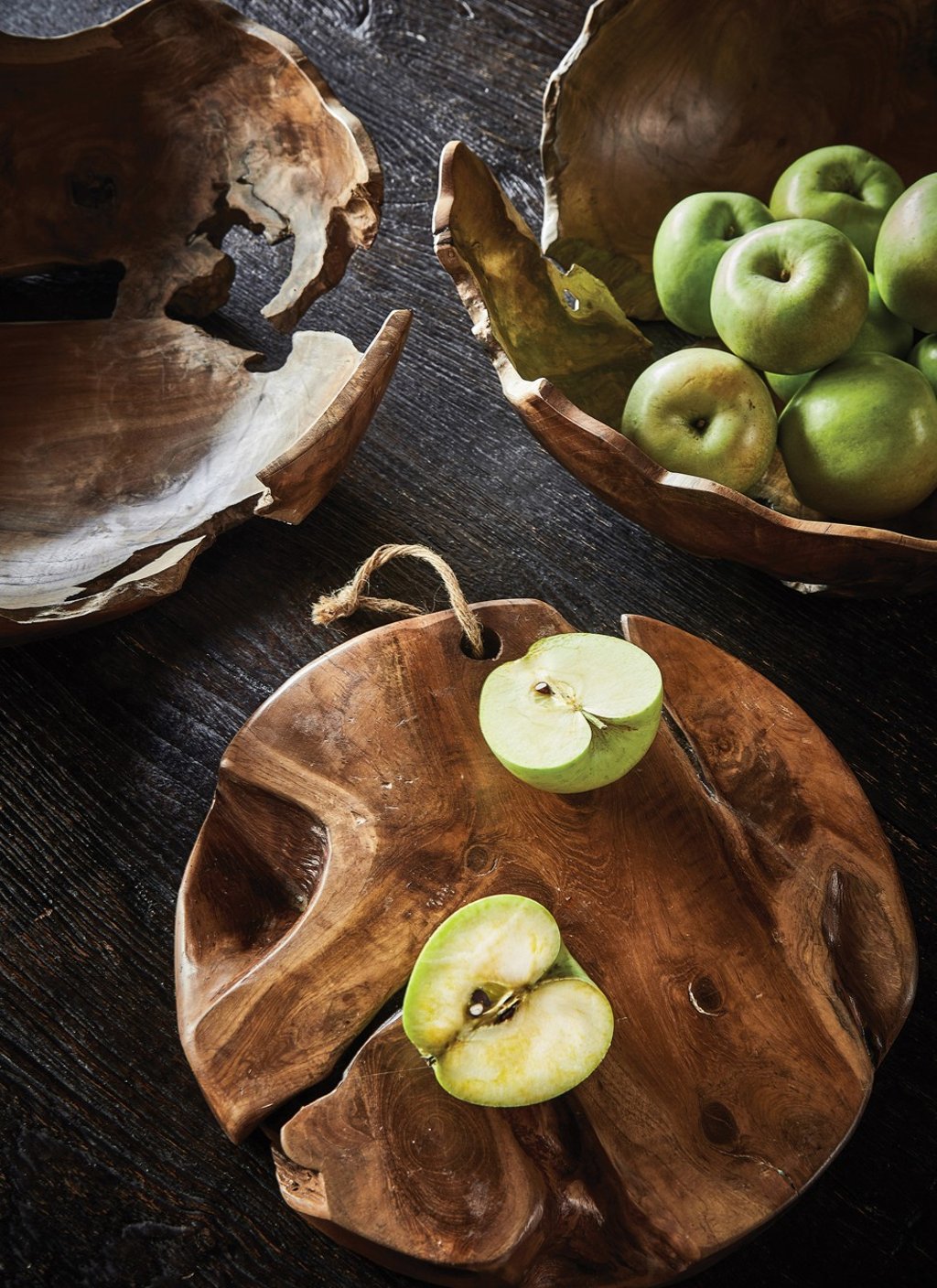From colours to contours, 3 trends in decor to give your home a fresh new vibe

-
Eco-friendly materials are poised to take pride of place in our homes over the coming year, reflecting our deepened sense of concern about our impact on the natural environment
Eco-friendly materials are poised to take pride of place in our homes over the coming year, reflecting our deepened sense of concern about our impact on the natural environment
Trends come and go, and often when an aesthetic comes into fashion, it’s a reaction to another style that preceded it, or is a reflection of current happenings and concerns across the globe. This year, we see a newfound dedication to environmental conservation, resulting in an appreciation for eco-friendly materials and processes. Meanwhile, clean minimalism and industrial modernity give way to a wealth of colour and the warmth of wood and handmade pieces.

Here are three design trends on the up-and-up in 2019, with a special focus on accessories. We also turned to some of the city’s design experts to learn how best to go about incorporating these new styles into the home.
Act natural
Over the last few years, climate change has emerged as a hot topic, and the world is taking notice. It’s inevitable, then, that the ramifications of this are visible across all fields and industries, as vegan Impossible meat takes the world by storm and retail and F&B outlets forgo single-use plastics. In the design world, this translates to sustainable materials and techniques.

Not only do people look at the quality and style of a product, but they also want to give back to the environment
“Not only do people look at the quality and style of a product, but they also want to give back to the environment,” says Kate Babington, managing director of Hong Kong eco-friendly furniture brand TREE. Kevin Chu, founder and director of multidisciplinary environmental design firm COC Design, agrees. “It’s also fashionable to be more environmentally conscious,” he says.
A preoccupation with sustainability translates to a more natural, rustic look and a preference for handmade objects. Chu gives examples such as bare concrete finishes devoid of paint, made popular by Japanese architects such as Tadao Ando in the 1950s, and elements such as exposed brick typical of European country-home aesthetics. There’s also the Japanese wabi-sabi trend, which embraces all things imperfect and impermanent – organic lines and handmade creations included.